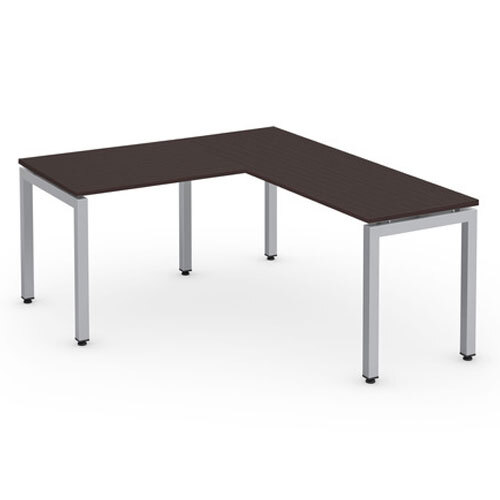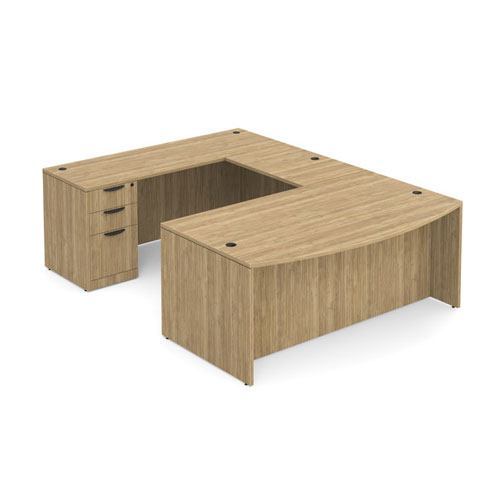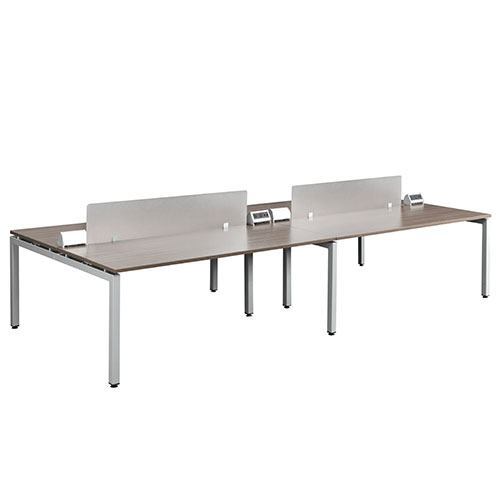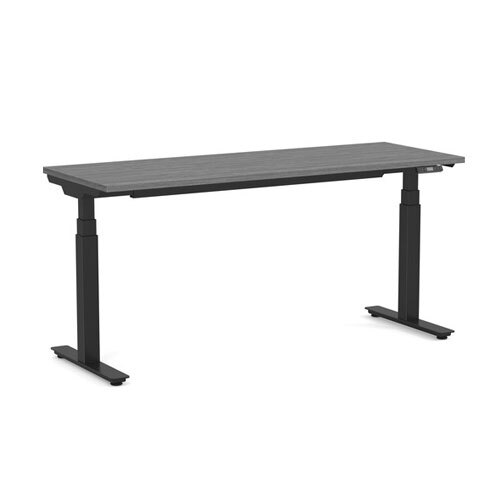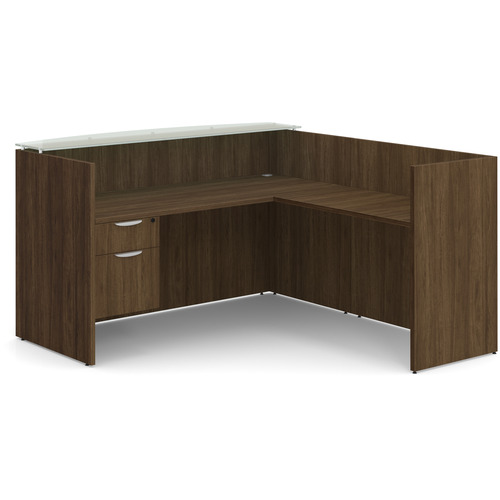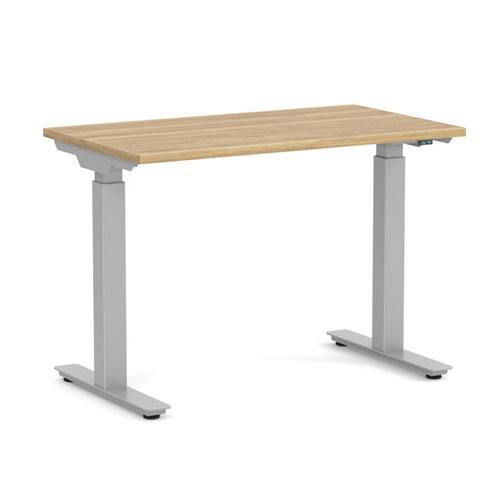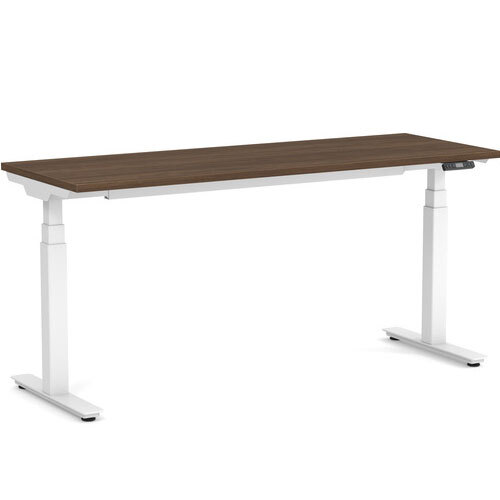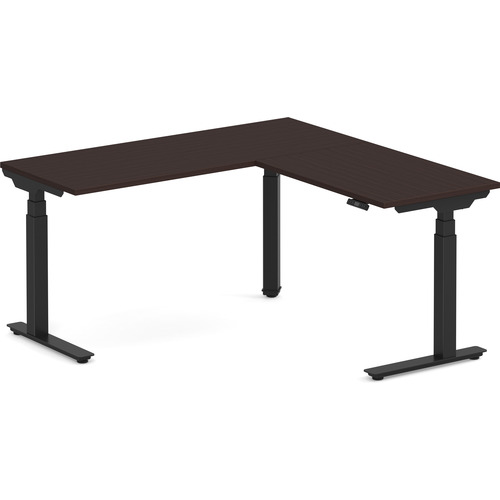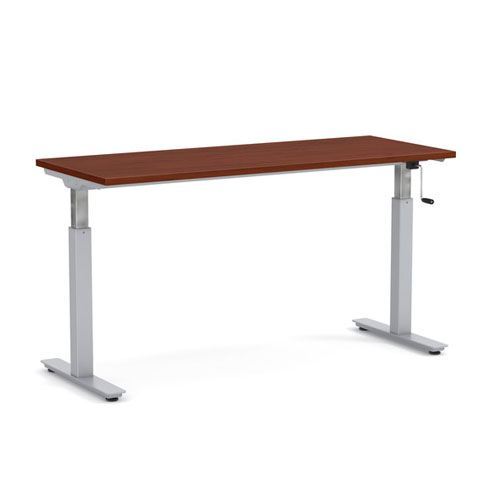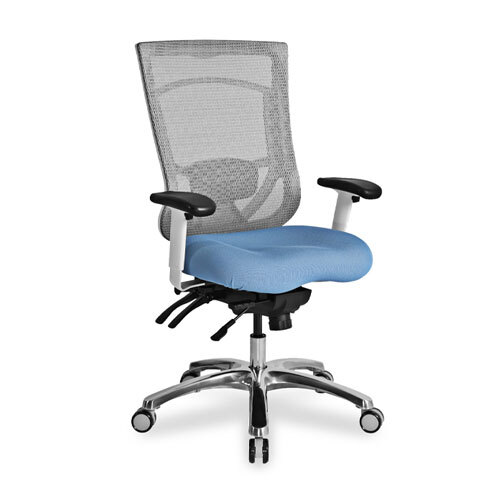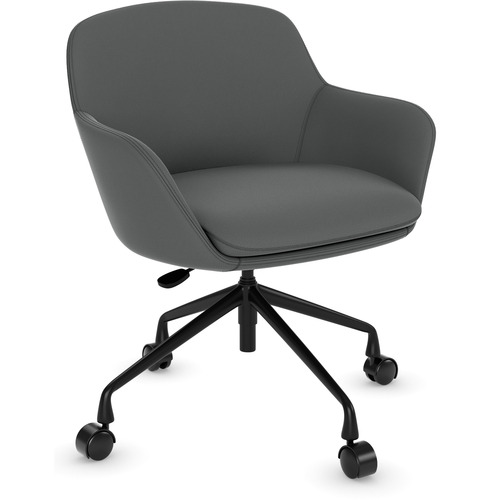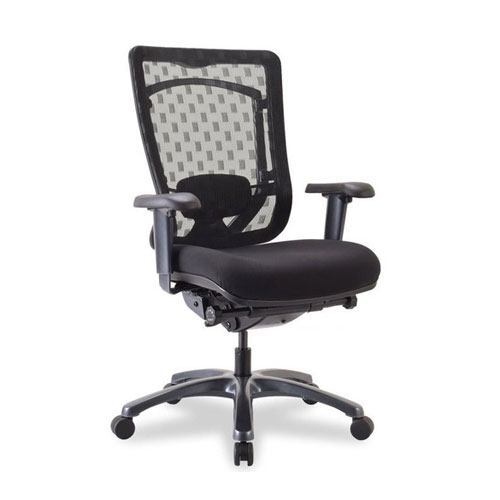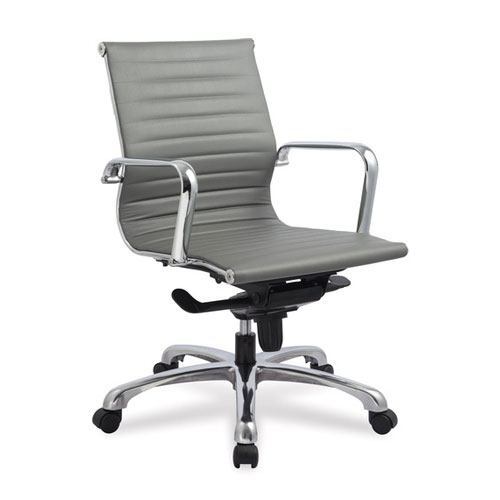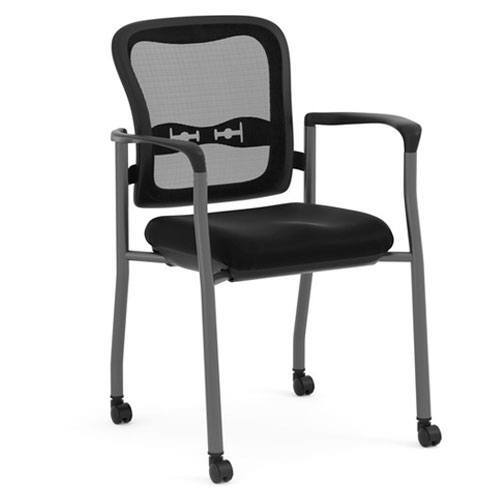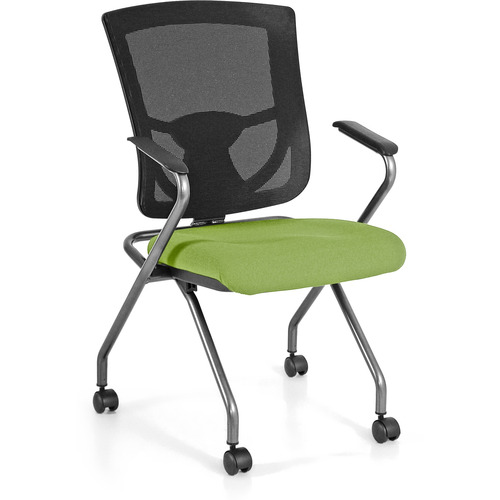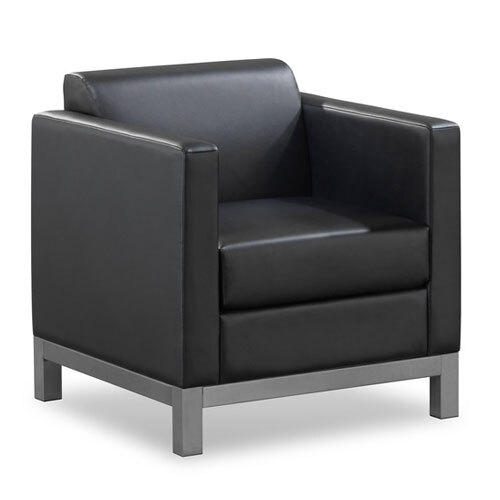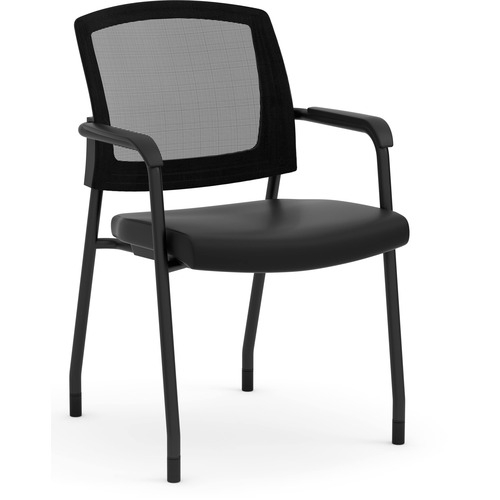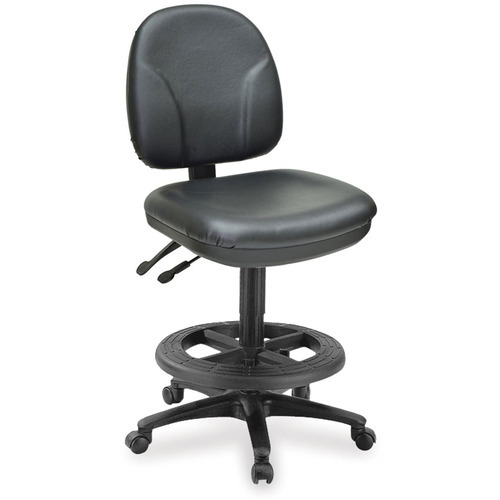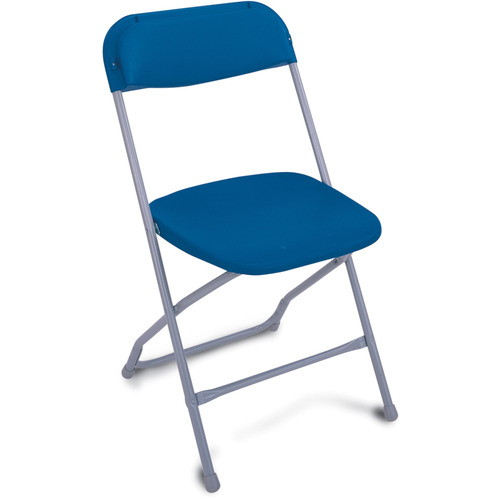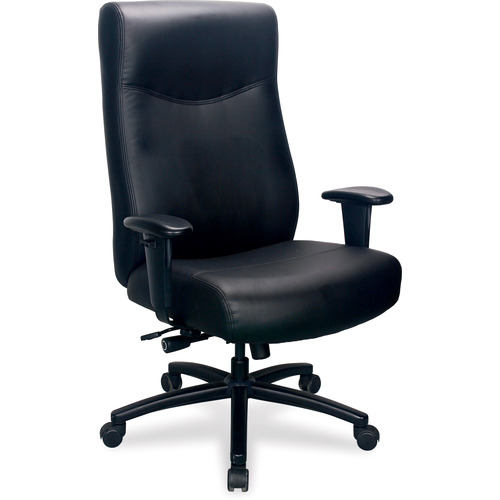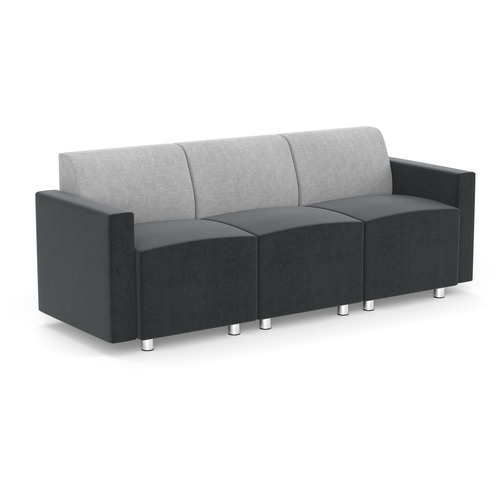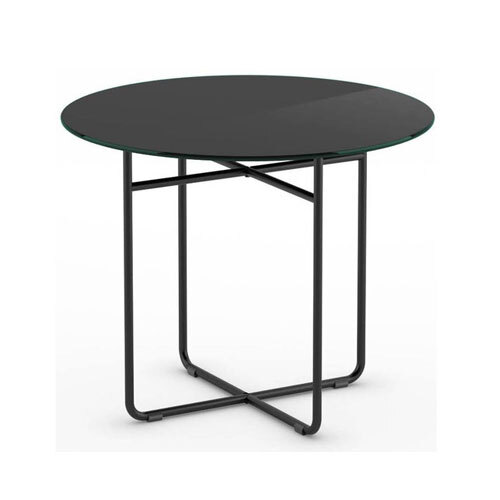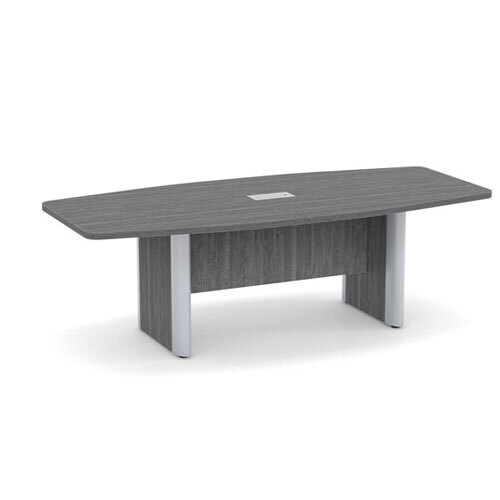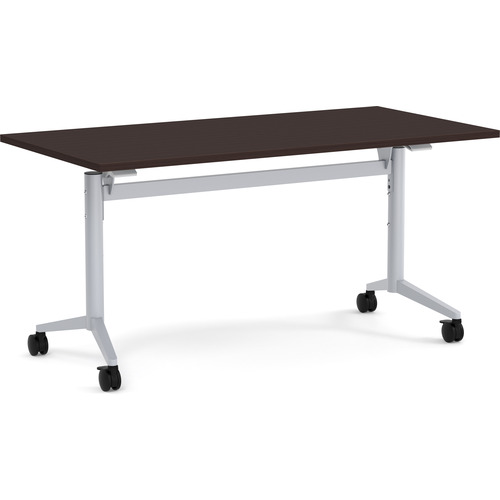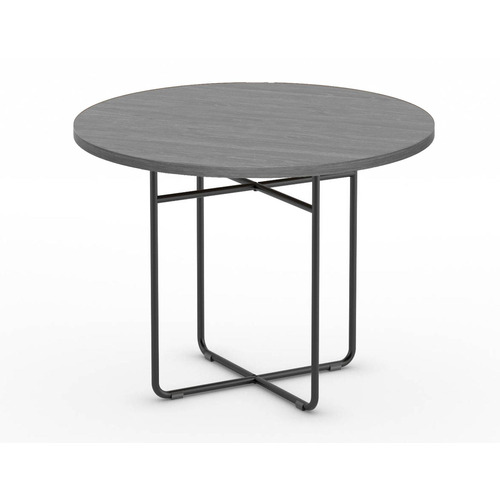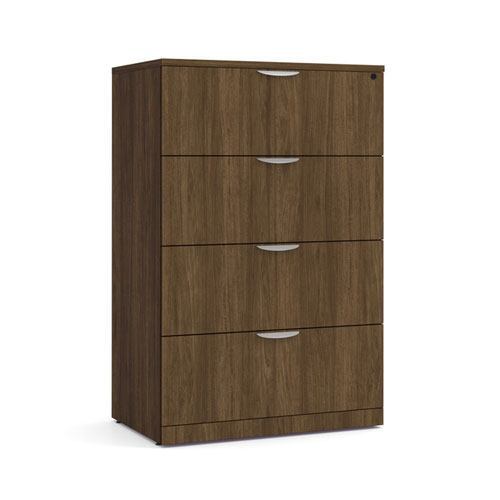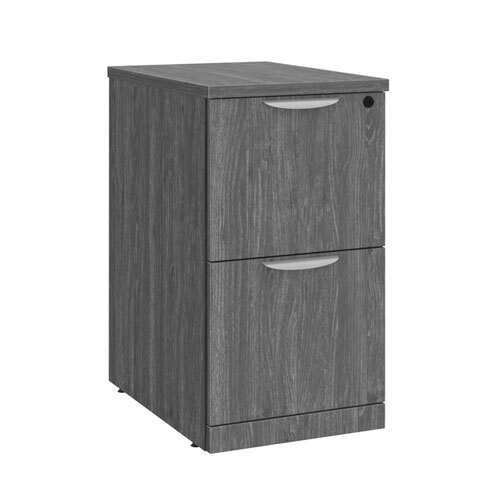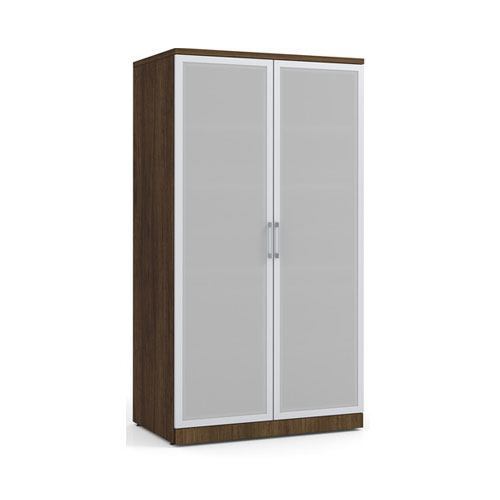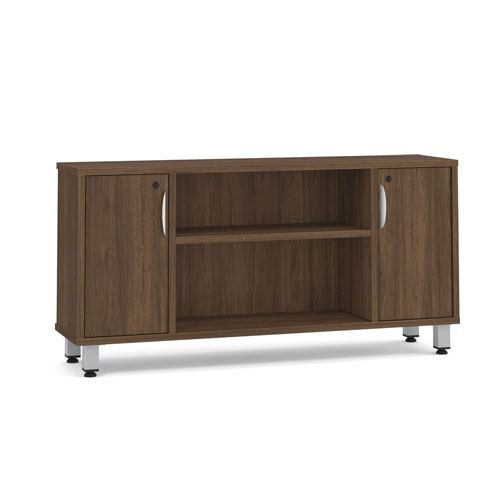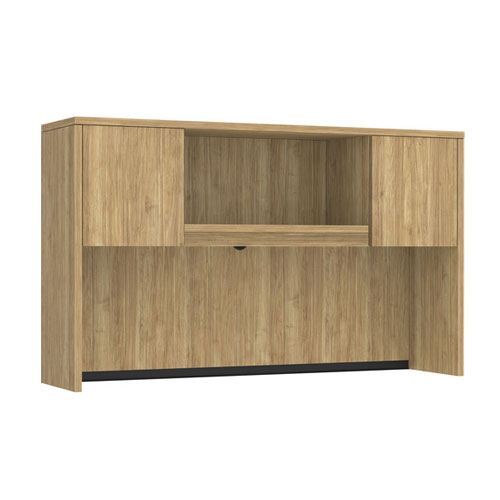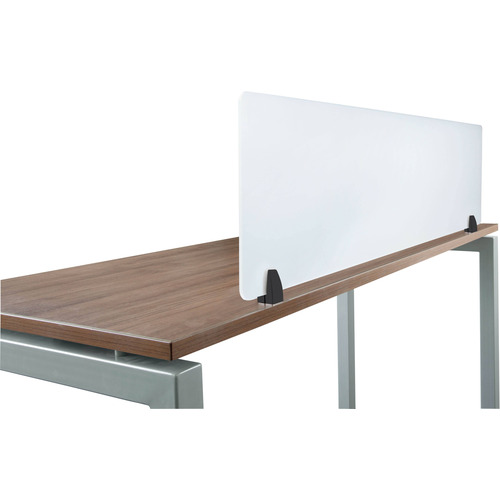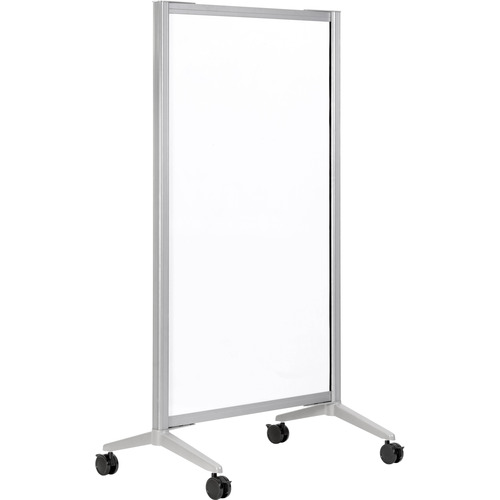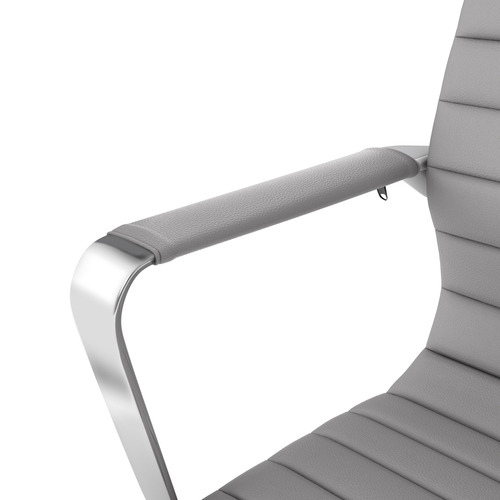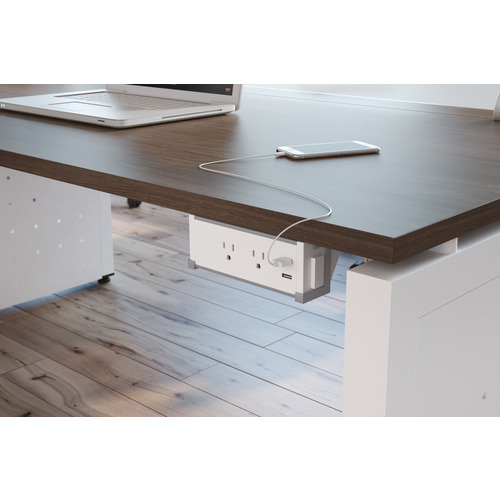When it comes to making a lasting first impression, the reception area is one of the most important spaces in your office and a reception desk is its statement piece. A reception desk is the largest piece of office furniture in a reception area, and the right one can help create a positive experience for visitors right from the start.
What is a Reception Desk?
A reception desk is typically located in the front entrance of an organization’s office. It’s where the receptionist sits and can also be referred to as the front desk. The reception desk is the most significant part of any office reception furniture because it is where the most interactions take place. Walking into an office for the first time can be intimidating or confusing, and a reception desk is a marker of the first point of interaction available. Here your visitors can check in for their appointment, ask for service, and more. For many businesses, the reception desk can also be a last point of contact that bookends the visit as well. During this point of contact, visitors can make payments, schedule their next appointment, and more, solidifying their positive experience with the company.
The receptionist plays a vital role in making all of this possible, and in creating an inviting and welcoming reception area. In addition to interaction with visitors and providing them with more information, receptionists can also have a range of administrative tasks to perform. A proper reception desk will provide enough space to accommodate these functions, allowing receptionists to multi-task with ease. The right reception desk furniture will also help keep the area organized, comfortable, and efficient, making it a workspace where receptionists and front desk staff can thrive.
The History of the Reception Desk
The history of the reception desk is closely tied to the history of the desk. In the 17th and 18th century, desks were designed for the primary use of reading and writing. At this time, the designs were bulkier in shape and often featured several drawer compartments on each side to house books and tools for writing. These were typically used in wealthier home settings.
In the 19th century, industrialization increased the amount of office work available, and with the invention of steam-powered machinery, it was easier and faster to make desks at large quantities. In this century, offices began to grow in size, introducing us to the office environments we see today.
In the 20th century, offices began to fill up with more and more workers. Offices of this nature were typically open concept. To limit confusion, the reception desk was introduced as a first point of contact for office goers and visitors, preventing people from wandering into offices to look for assistance.
Now the reception desk is a staple in many client-facing offices in just about every industry. From doctors’ offices to hair salons and more, the reception desks have proved to be a key part of offices for several decades.
What Makes a Good Reception Desk?
There are many elements that contribute to a functional reception desk, and it can vary from company to company depending on their needs or nature of work.
Transaction Top
Reception desks typically feature a transaction top that is taller than the desk itself, usually at a height that is comfortable for standing. As suggested in its name, the transaction top is where the most interaction takes place with the customer or visitor. It provides a surface where paperwork can be reviewed and signed, payments can be processes, and general conversation can take place. A transaction top is important because it provides a designated space for these functions without interfering with work that the receptionist may be doing on his or her own desk surface. The transaction top is also important for adding privacy to an otherwise public-facing space. The added height of a transaction top on a reception desk allows confidential paperwork, or computer monitors with confidential information to be hidden and out of direct sight.
Storage
Storage is a very important element of office reception furniture that contributes to the success and performance of any reception area. Organization is a very important in reception areas, and a space that encourages that is essential. Desk storage such as a file pedestal is important for reception desks because it keeps stationery, go-to paperwork, and other office necessities organized and within reach for quick access.
In many offices, especially in medical settings such as doctors’ offices or dentists’ offices, client files are kept in the reception area. Keeping heavy-duty metal or laminate filing cabinets nearby as supporting reception area furniture can add to the efficiency of the space and its organization, as well as secure client records.
Types of Reception Desks
Linear or Straight Reception Desk
Straight or linear reception desks are very common, especially in smaller reception areas where space is limited. They have a simple design and often feature a transaction top that creates separation between the reception workstation and the rest of the reception area. Depending on the overall length, a straight or linear reception desk can accommodate multiple front desk staff members comfortably.
L-Shape Reception Desk
Similar to an L-shape desk, an L-shape reception desk provides more surface area than a linear or straight reception desk, making it easier to multi-task while staying organized. Some L-shape reception desk designs have a continuous transaction top that also forms an L-shape, while others only have a transaction top on the visitor’s side. Both have their benefits. An L-shape transaction top means your front desk team offers ample space for multiple guests to be helped at one time. A transaction top on one side can means that section is dedicated to helping guests and customers, while the rest of the desk is reserved for other work.
Dual or Two-Person Reception Desk
A dual or two-person reception desk is a great solution if you have two front desk staff members who share the reception space. These dual reception desks are more spacious and give each person their own place to work, creating an efficient workflow between the front desk staff members. A dual reception desk is often designed with a transaction top that spreads across both workstations so both front desk team members can help multiple guests simultaneously.
How to Choose a Reception Desk for Your Office
When choosing a reception desk, it’s important to consider the following to create a reception area that suits your space, style, and needs.
Finding the Right Size
It’s important to choose a reception desk that is proportionate to the size of your reception area. A bigger, more open reception area can accommodate a bigger reception desk, but the same-sized reception desk would feel too big and bulky in a small reception area. While a smaller reception desk can be perfect in a smaller room, it might look too small and insignificant in a large, open space.
Finding the Right Shape
The right configuration for your reception desk can depend on how many staff members you plan on accommodating, their day-to-day functions, and where you plan to place the reception desk. If you plan to have two people at the reception area, it’s important to choose a reception desk that has enough space for both people to conduct their work comfortably and spaciously, such as a dual reception desk. If you plan to place your reception desk in front of a wall, a linear shape is a common choice. If your reception area is larger in size and you plan on placing the desk in the middle of the room, a circular shape may be a better option because it provides a 360-degree visual of the entire space.
Finding the Right Style and Design
The style and design of your perfect reception desk with depend on your company’s overall brand and industry. Many industries prefer a classic or timeless look and feel, while others prefer modern or ultra-modern designs. Traditional reception desks have a more classic look and feel, featuring solid wood or laminate wood construction. Modern reception desks are simple in design and try to stick to a minimal look. They feature clean lines and a structure that emphasizes geometric uniqueness. Many modern reception desks are made with metal, plastic, glass, and other materials that are plain in texture to facilitate a minimal aesthetic.
Supporting Reception Area Furniture and Accessories
Finding the right reception desk for your reception area is vital for the overall functionality of the space, but reception area furniture doesn’t stop there. A combination of office furniture and accessories will help establish a functional and efficient space that runs smoothly for your visitors and clients.
Storage
As previously mentioned, storage is a key component when it comes to the reception area. Not only does your reception area furniture reflect your business, but how clean and tidy it’s kept is also important for making those lasting impressions.
Personal storage, such as pedestals, is a great way to ensure each front desk staff member has the space to organize their office needs and personal belongings. Pedestals are typically placed underneath the desk, making it easy to access or reach at any time throughout the day. This space is also perfect for go-to supplies like pens, sticky notes, and other stationery that is reached for frequently.
Filing cabinets are another important storage solution that many businesses rely on for keeping paperwork, such as client files, organized. A well-designed filing system can drastically improve the efficiency of your office’s reception area, ultimately saving people time when it comes to looking for files and paperwork. Many filing cabinets can hold both legal and letter sized files. They also come in heavy-duty metal or laminate for a look that matches the rest of the reception area.
Reception Office Chair
A proper, comfortable, and ergonomic chair is important at all workstations, and a reception desk is no exception. Front desk staff members and receptionists perform a variety of tasks throughout the day and rely on their chairs to support their bodies as they work. Unlike other workstations in an office, which have the option of being height-adjustable standing desks, receptions desks are usually stationary because of their client-facing nature. That means that a comfortable and ergonomic seating experience is even more important for those sitting at a reception desk.
The right ergonomic chair will have multiple adjustment settings that let you change the height, seat, and tilt of your chair. These adjustments cater to your unique body for a customized feel. Many chairs may also include breathable mesh for temperature regulation, or contoured padding that hugs your back and body for added comfort and support.
Paper Trays and Organizers
Desk accessories have the potential to make a reception desk more efficient, helping front desk staff manage multiple guests and heavy traffic more easily. Paper trays can help organize client-facing paperwork, such as intake forms, making it easy to reach for and present to the guest or client. In addition to paper trays, pen holders are another excellent office accessory for a reception desk to make it easier to do transactions or interactions with guests.


